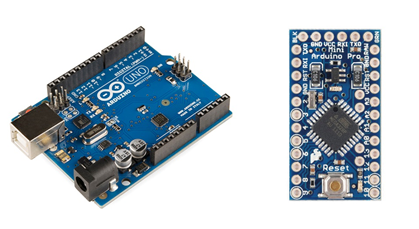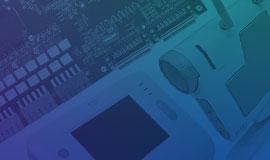By Ken Wells | Dec 6, 2015
Just catching up? Read about how the whole kegerator project started, the prototype design, the life and death of the proto, and the rebirth as DiscoFridge.
As we mentioned in the last post, the new DiscoFridge design includes an Arduino single-board microcontroller. The x86 controller board we’re using is designed for building small form-factor PCs, which typically don’t have a GPIO interface. Because DiscoFridge will need to control valves, interpret pulse trains generated by the flow meters, control LEDs, interface to a dollar bill reader, etc., we need a way to talk to these hardware peripherals. We decided that an Arduino microcontroller such as the Uno or the Pro Mini would be a cheap and easy way to talk to hardware peripherals, and we happen to have one sitting around. (Actually about 5; these things are awesome!)
Both flavors of Arduino feature an Atmel 8-bit ATmega328 microcontroller, with the difference between the two being size, power supply limitations and USB support. The UNO is meant to be a standalone development platform for people to learn software and build small microcontroller projects. The Pro Mini is intended for more advanced users who can deliver a clean input voltage, who do not need a USB connection, and who want to integrate the microcontroller into smaller, cheaper projects. The requirements we had for the hardware interface were that it must:
- Be able to read 1kHz pulse trains from each of the two flow meters
- Have enough GPIO pins to talk to all devices
- Not require another separate power supply
- Be inexpensive
The Arduino boards meet the design requirements and are low cost, with the UNO selling for around $25 and the Pro Mini for around $10. In addition, the hardware designs of the two boards are completely open (schematics and layout files freely available online). This gives us a low-risk path to building the Arduino circuit into a new PCB that we may decide to create in the future. A custom PCB might be built to include an audio amplifier for the MP3 player feature, or perhaps to add more GPIO connections
In the next post we’ll talk about the killer interactive display and web interface we’re developing. Check back soon!
Nuvation’s engineering staff is recognized globally for its advanced technical expertise. Contact Nuvation Engineering to learn more about the Solutions & Services we provide, and the 800 successful projects we’ve delivered.




